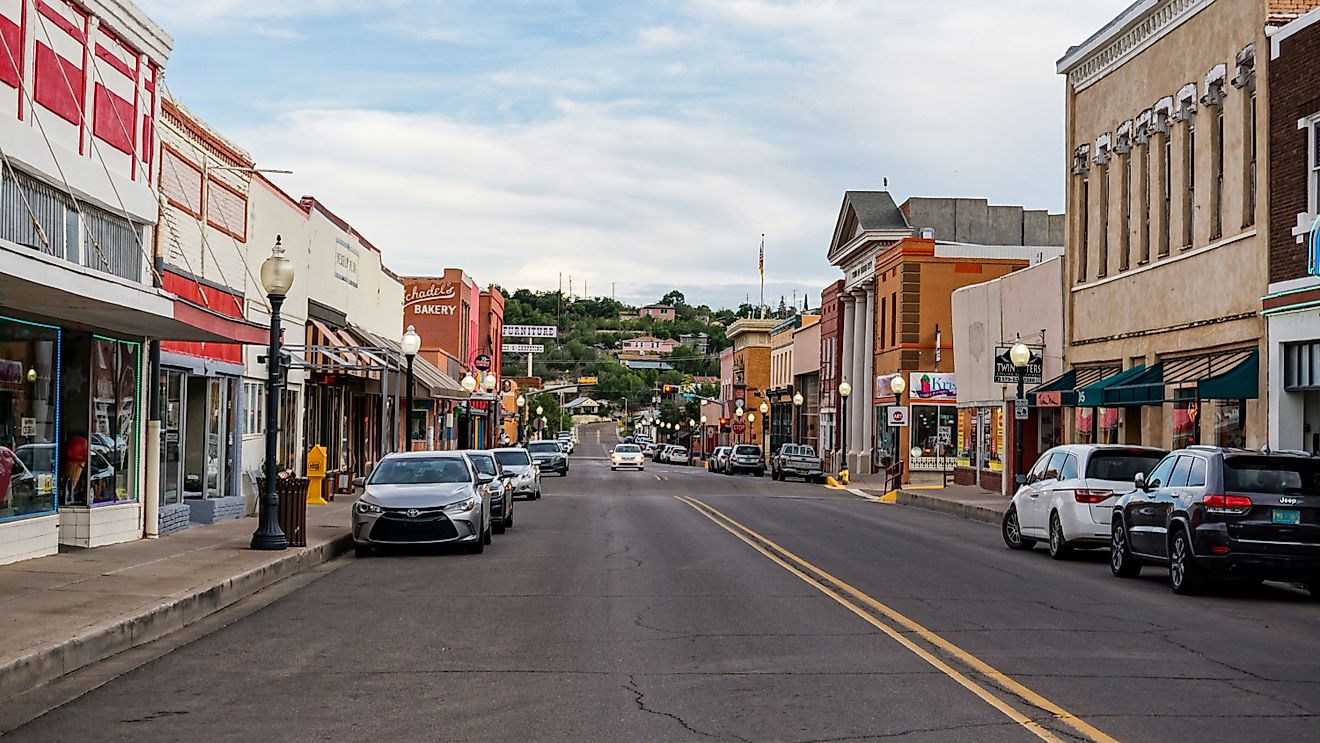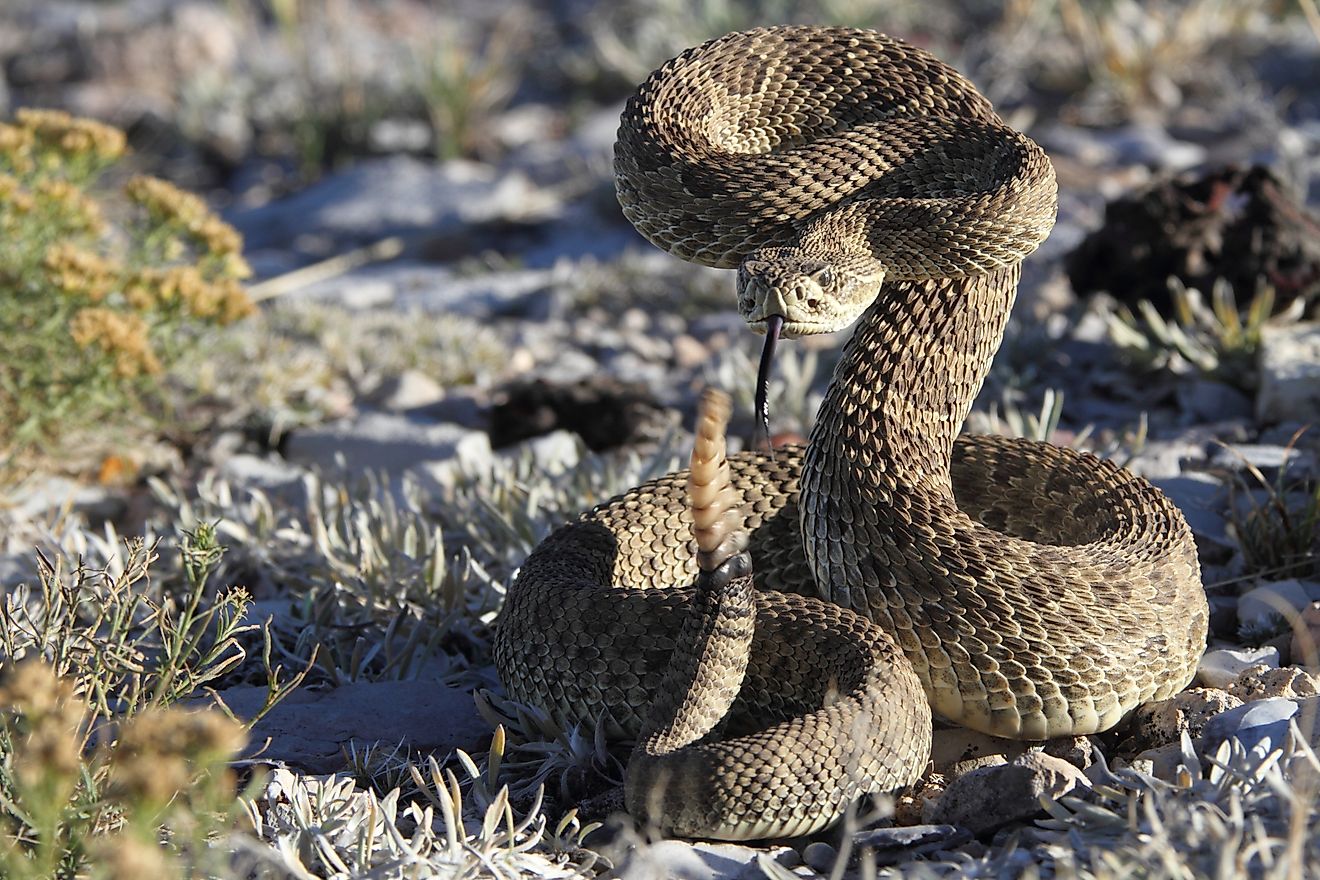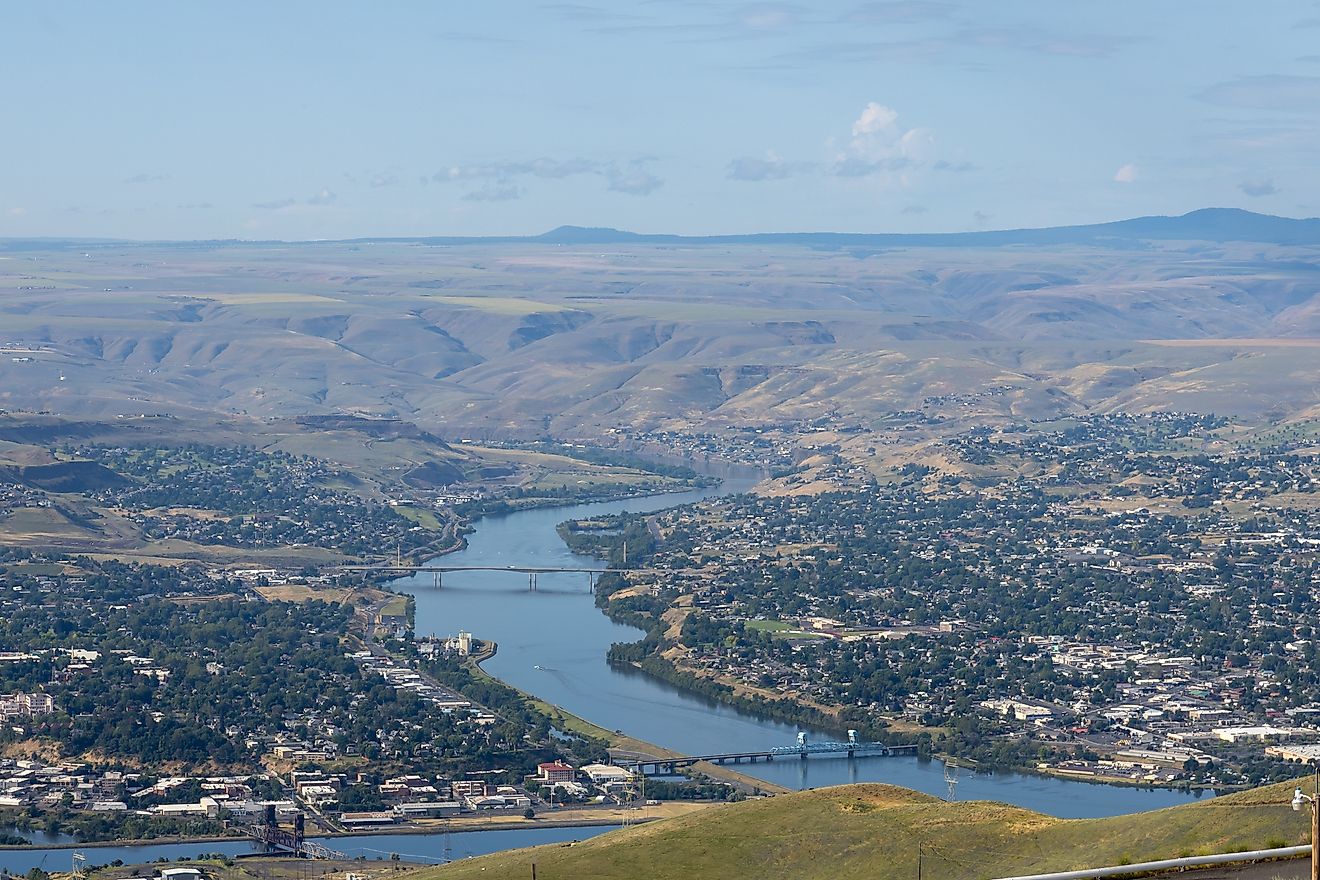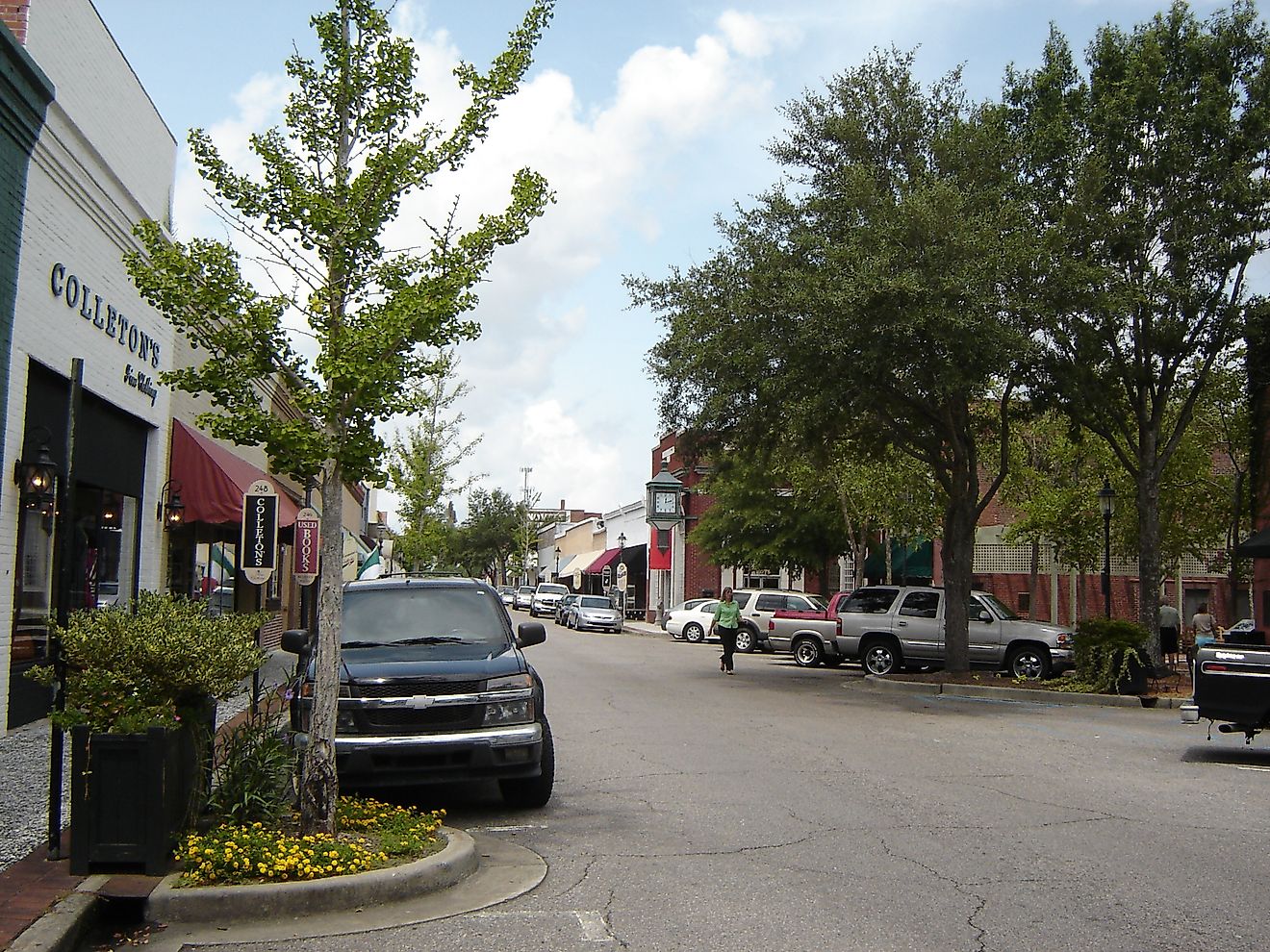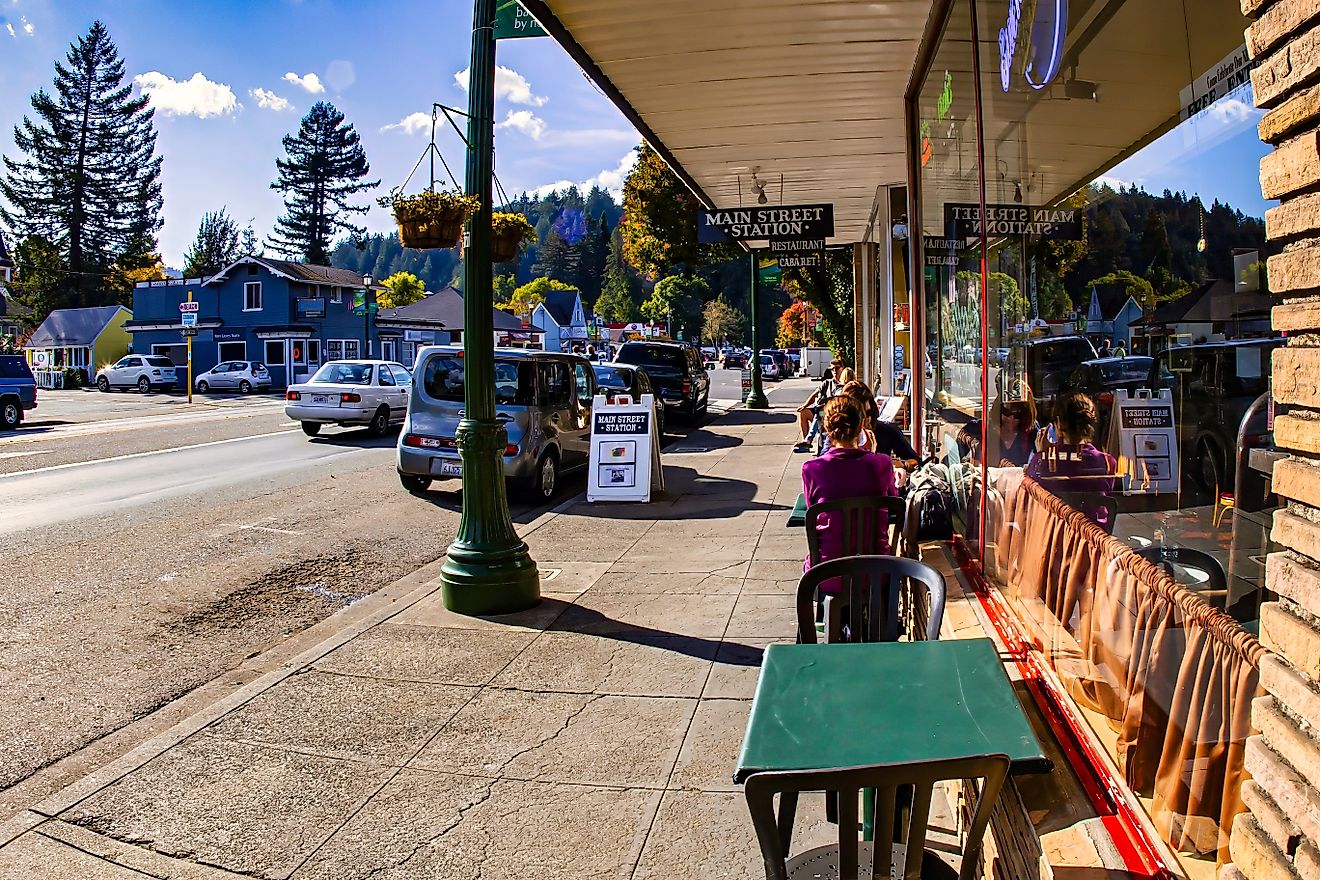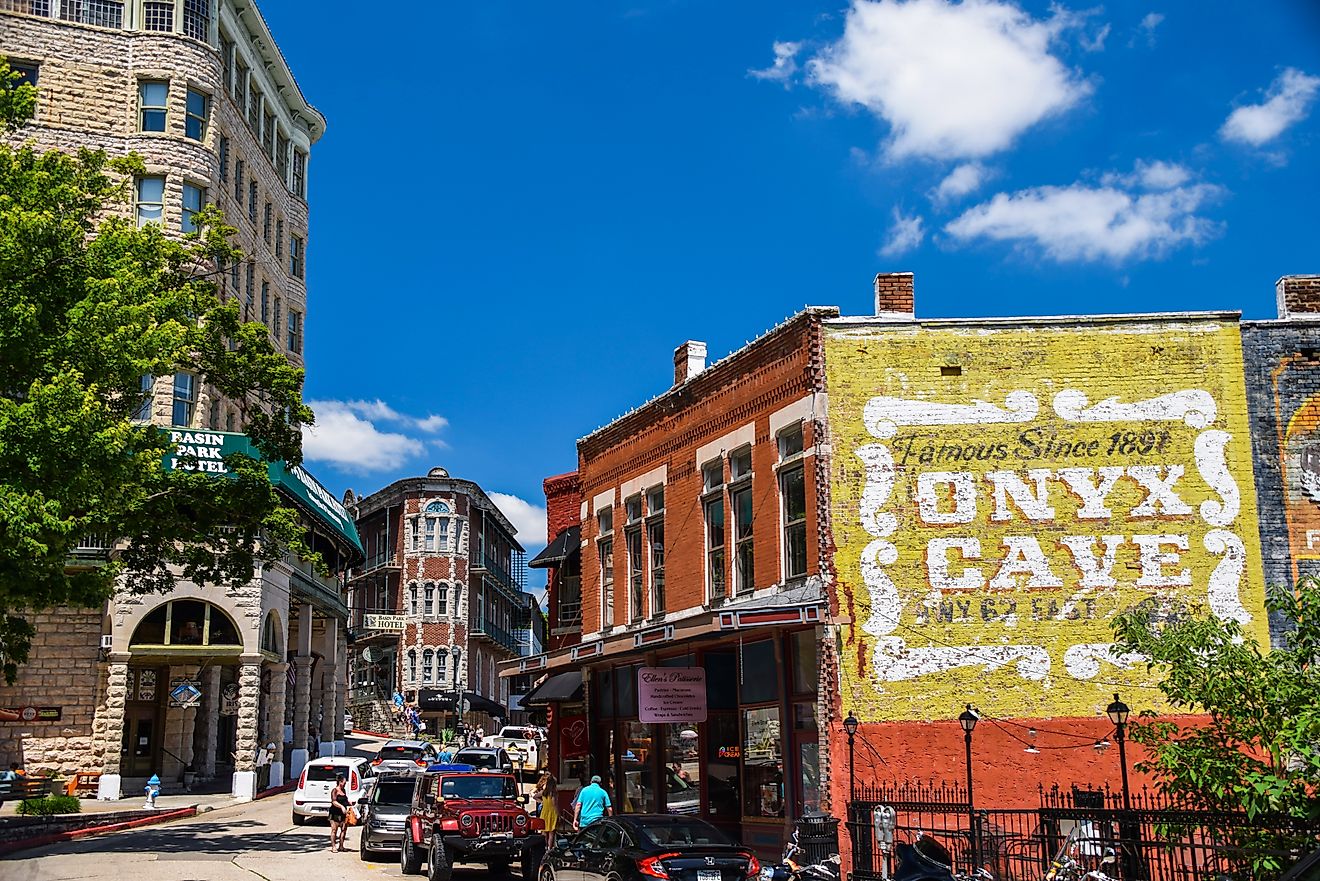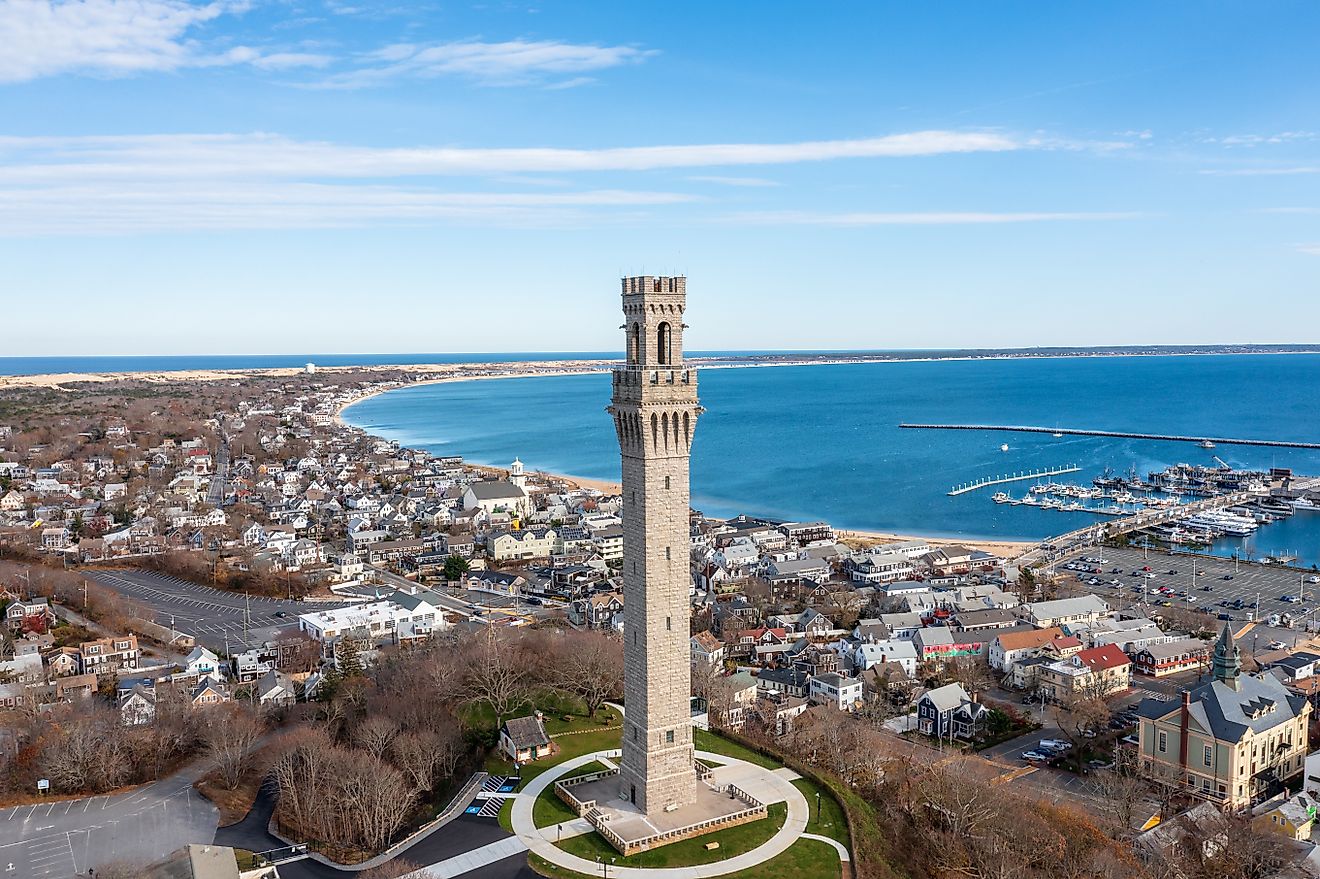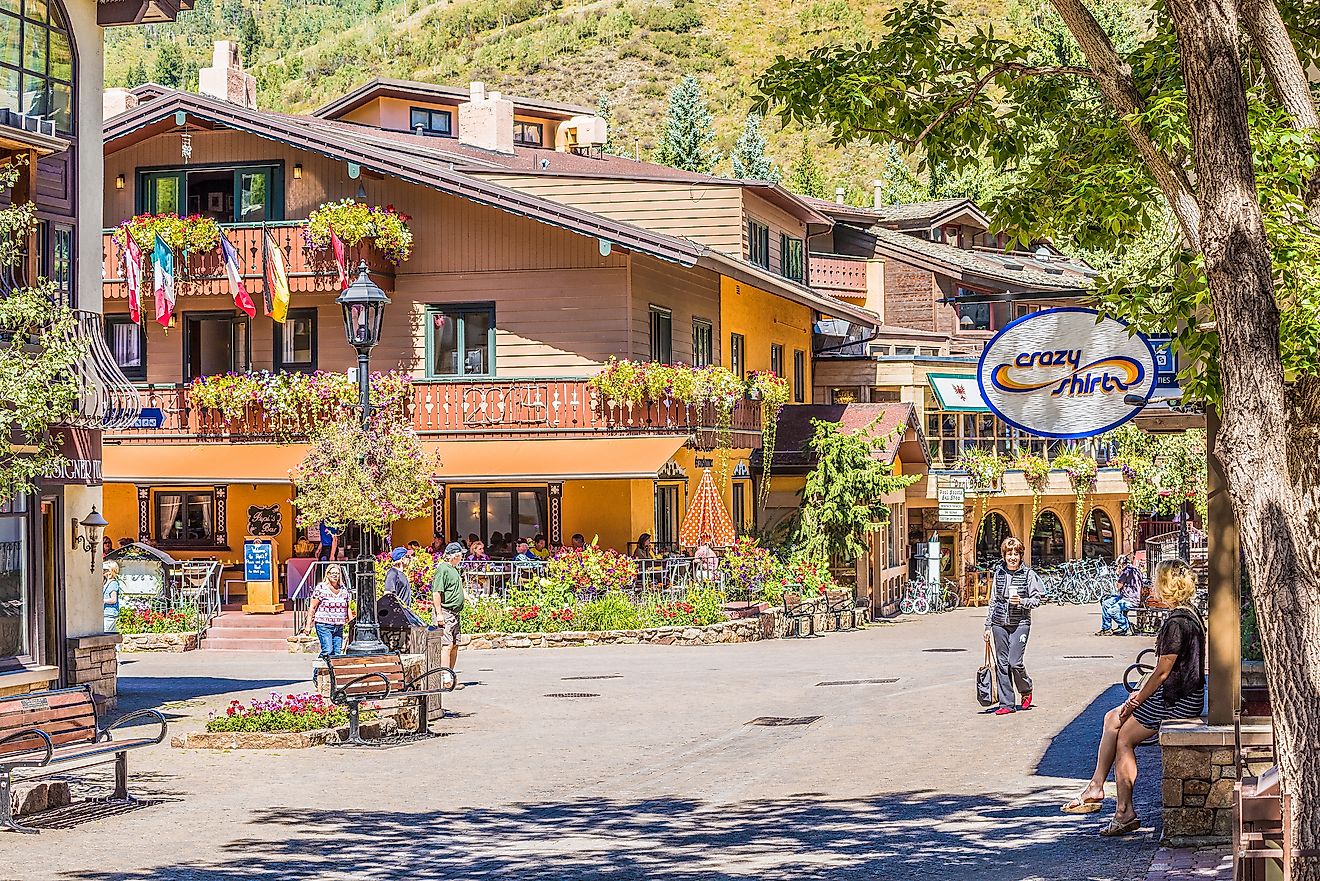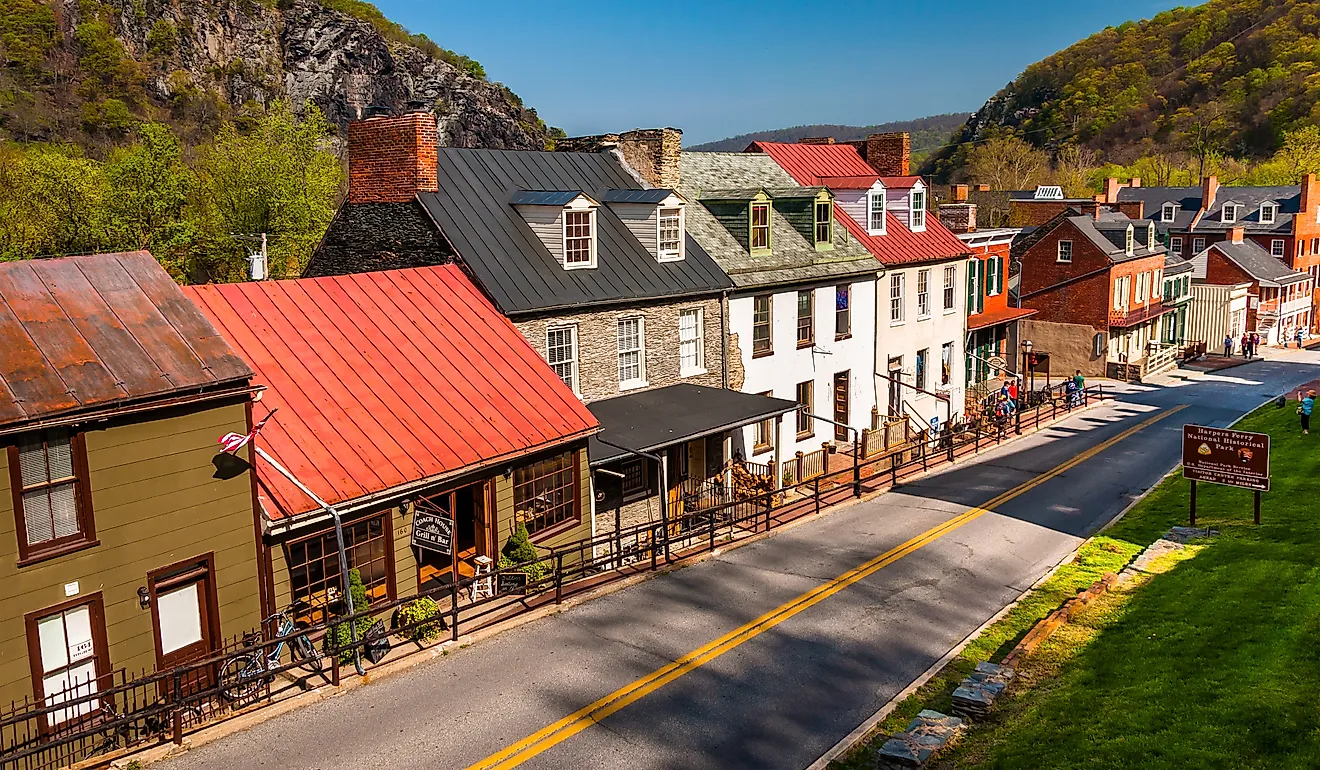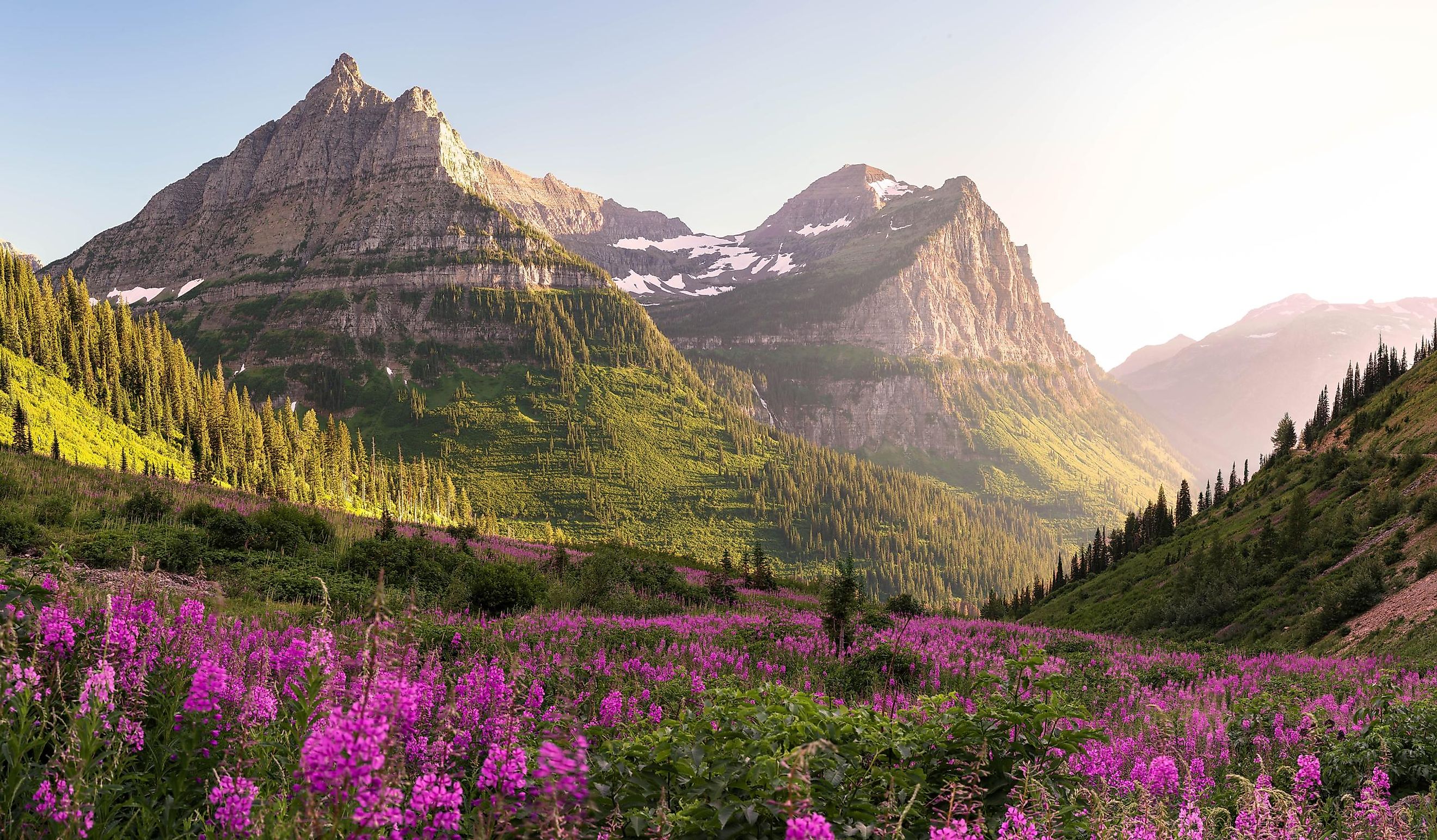
Top Rated National Parks In America
Federally protected from urban encroachments but well-staffed and serviced for everyday visitors, national parks are some of the most sensible and desirable entry points into the eclectic American landscape. The United States National Park System operates 425 sites, 63 of which carry the designation of "national park." Though there is not a single dud in the bunch, certain parks consistently rank as universal favorites. Whether it is because of their stunning setting, evocative history, wildlife viewing, enriching activities, or (as is often the case) a combination of all these things, the following ten national parks are sure-fire crowd-pleasers. Let's begin where the whole national park phenomenon began: Yellowstone.
Yellowstone
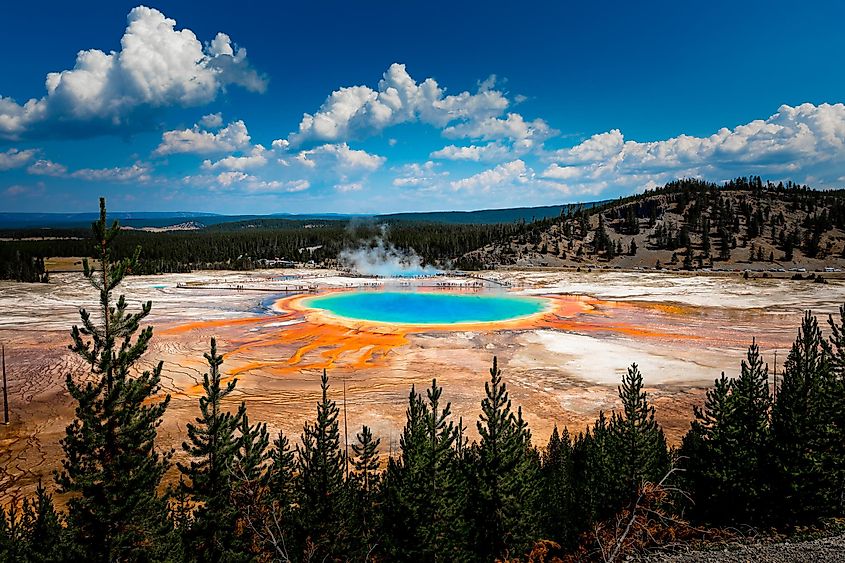
Yellowstone National Park will always hold a special place in the hearts of Americans. Established on March 1st, 1872, this 2.2-million-acre square of wilderness (located predominantly in northwestern Wyoming, but also a sliver of Idaho and Montana) was cemented in history as the country's first national park (and according to many sources, the world's). One hundred fifty years later, Yellowstone is still growing in popularity. Last year, over 4.5-million people visited the park – a 37% increase over the 2022 figure. Its highlights include the plethora of geothermal features (there are over 500 geysers), such as Old Faithful and the Grand Prismatic Spring (the largest hot spring in the United States), and the abundance of iconic North American wildlife, such as grizzly and black bears, moose, bison, elk, wolves, and bighorn sheep. Yes, the growing crowds and commercialization can be a drag in some areas, but with over 1,000 miles of hiking trails, there is still plenty of space for introverted nature lovers to retreat to.
Great Smoky Mountains
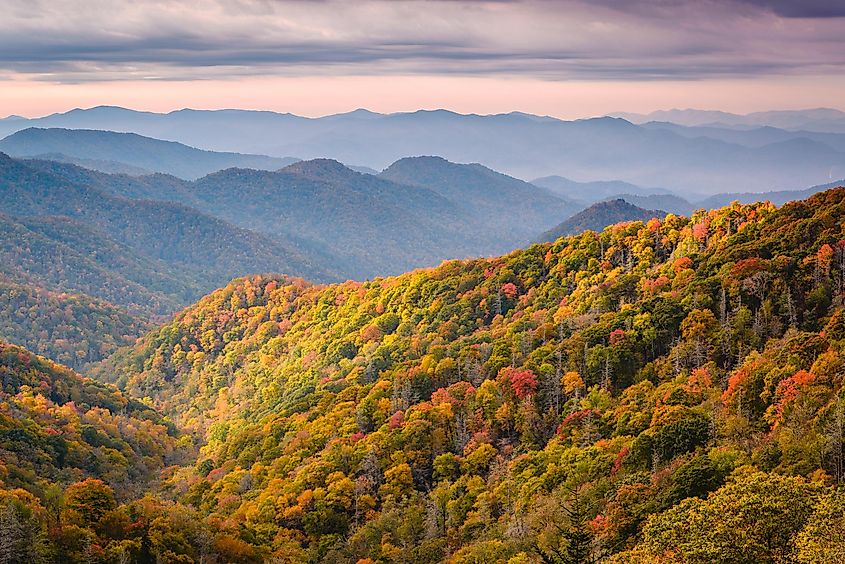
Annual attendance speaks volumes about the American public's impression of its national parks. It, therefore, makes sense to highlight the most visited national park in the United States: Great Smoky Mountains. Covering 522,427 acres of the southern Appalachian Mountains, along the border of western North Carolina and eastern Tennessee, the Great Smoky Mountains not only welcomed 13.3 million visitors in 2023, but it continues to be the most biologically diverse national park in the US. The "Smokies" (i.e., a subrange of the Appalachian) formed between 200 and 300 million years ago, making it one of the oldest mountain ranges in the world. The significant contrast in elevation throughout its boundary provides suitable climates for over 19,000 documented species of flora and fauna, including 100 native tree types, 1,500 flowering plants, 200+ birds, and mammals such as black bears, foxes, otters, and large herds of elk. On top of the unspoiled landscape, the Great Smoky Mountains is also rich in experience-enhancing amenities. The Tennessee town of Gatlinburg is a beloved base camp on the edge of the park that provides gondolas and trams to panoramic mountain lookouts.
Denali
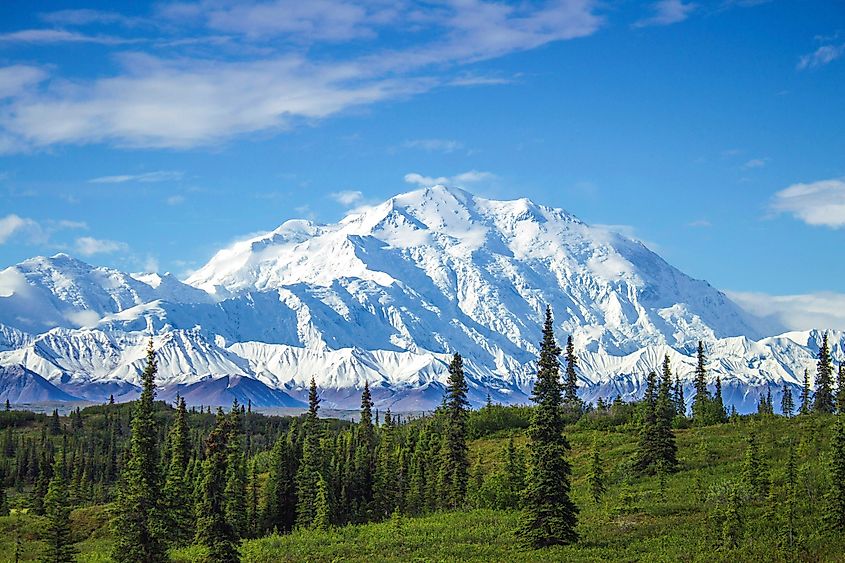
An important caveat to attendance-based rankings is that the more remote and/or less accessible parks (in terms of infrastructure) obviously don't attract as many people. This means that crowds fail to penetrate some of America's best landscapes year after year, which, in many ways, only further enhances their appeal. Denali National Park and Preserve, is one such place, though it strikes an admirable balance when compared to its Alaskan peers. Like the other swaths of wilderness throughout The Last Frontier, Denali proudly maintains its timeless aesthetic but also has some light-touch developments to help facilitate visitation. Buses run along the singular, 92-mile road that splices through the 6-million-acre park, bringing mind-blown tourists past glacier fields, wildflower valleys, alpine tundra, and the tallest peak in North America. Summer affords simple day hikes on actual blazed trails (another rarity in Alaska's parks) or full-blown, multi-day, free-roaming treks, while winter brings backcountry skiing adventures and the allure of the aurora borealis.
Yosemite
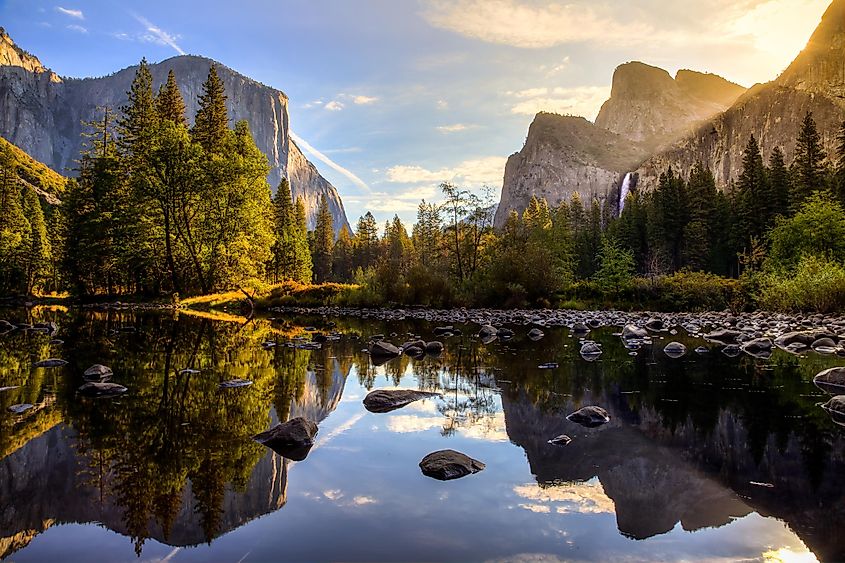
California's Yosemite National Park protects one of the most spectacular valleys in the United States (and everyone's favorite desktop background). Here, the sheer towering granite cliffs of the High Sierra provide platforms for some of America's tallest waterfalls while ancient giant sequoias look on from the periphery. World-class big wall climbers flock to El Capitan, sure-footed hikers take on the breathtaking backside of Half Dome, and photographers gravitate to the misty physique of Yosemite Falls. Sure, the crowds are palpable and sometimes test patience, but the overwhelming majesty of Yosemite makes the entrance queues and campground backlogs worth it. Besides, if one can wait out the summer swells, then the fall foliage and winter solitude will expose whole new sides of this national treasure.
Grand Canyon
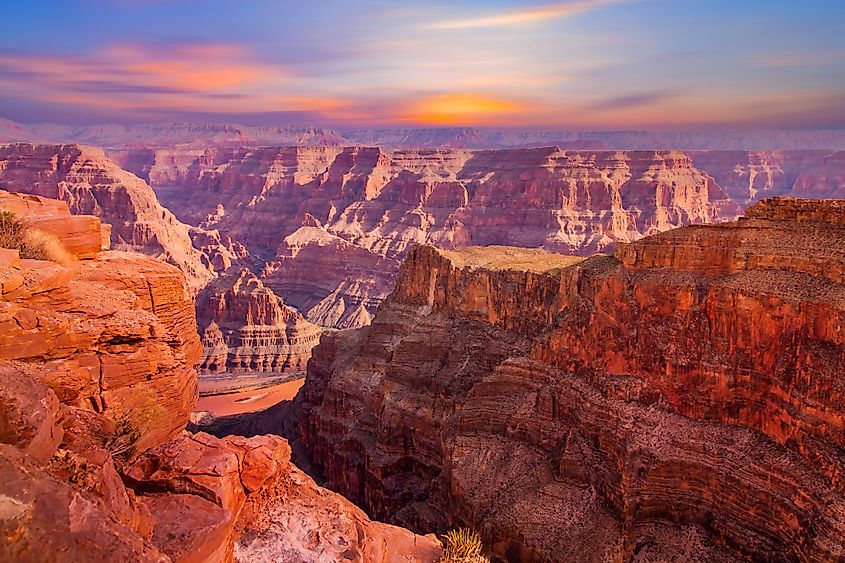
Another uncontested feature of the American landscape is the Grand Canyon. This Arizona national park and UNESCO World Heritage Site covers 278 miles of the Colorado River and corresponding uplands. The Grand Canyon is the longest, widest, and second-deepest in the country – unveiling eons of erosion throughout its layers of strata. The end result is a sight that defies logic, and strains perspective. People come from all over the world to check off this bucket list park. Fit and well-stocked visitors can hike the switchback trails towards the river (just remember you have to come back up again afterward), while those who wish to break a different kind of sweat can step out on the West Rim's transparent bridge known as the Grand Canyon Skywalk. Other sightseeing activities include mule tours, rafting trips, and/or riding along the Grand Canyon Railway.
Glacier
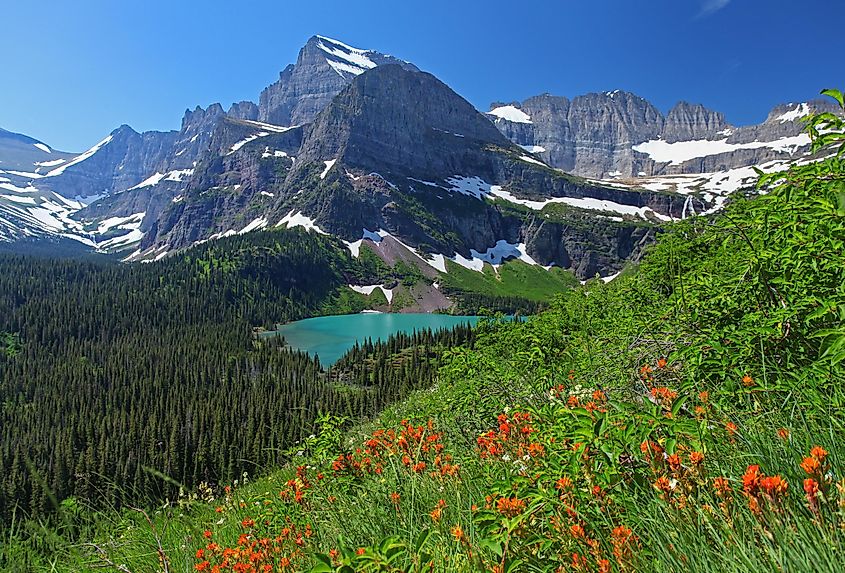
The national park experience need not be exclusive to seasoned athletes or experienced adventurers. This is where Glacier National Park excels. While it has plenty of challenging hikes in the rarified (yet refreshing) air of Montana's mountains, it is also home to the world-famous Going-to-the-Sun Road – one of the most scenic road trips to take in the Rockies. This 50-mile, slow-going highway cuts through the core of the park, passing by jaw-dropping vistas of the glacial valley, through blasted-out tunnels, past gushing waterfalls, and to many of the key destinations in the park. Logan Pass marks the high point of the drive (in every sense of the word). Here, there is a bustling visitor's center, a 1.5-mile boardwalk that leads through a subalpine meadow to the Hidden Lake lookout, and additional nature trails for those wanting to stretch their legs, smell the wildflowers, and (somewhat) thin out the crowds.
Olympic
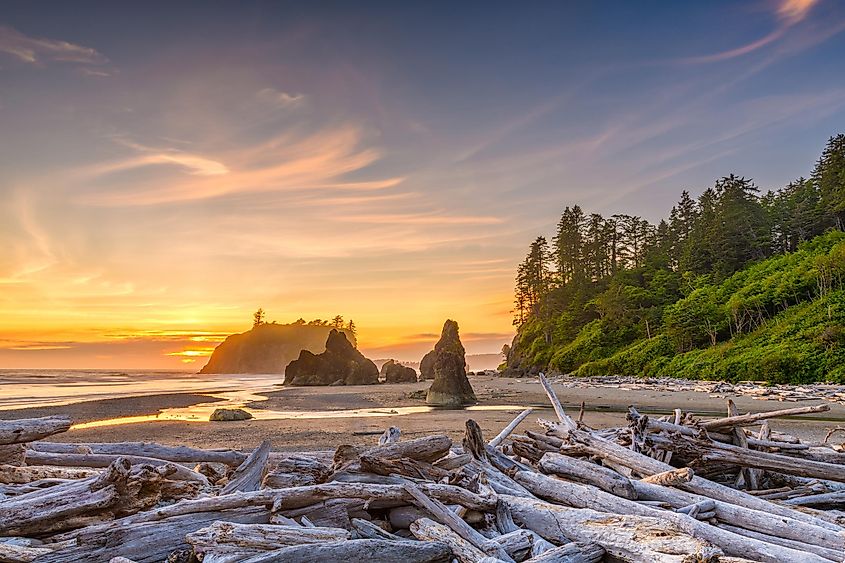
Olympic National Park occupies the bulk of the Olympic Peninsula (nearly one million acres) in northwestern Washington. This World Heritage Site and International Biosphere Reserve includes the snow-capped prominence of centralized Mount Olympus, the surrounding old-growth forests, and 70 miles of serene, untouched Pacific coastline. Forest bathers will appreciate the 18-mile Hoh River Trail, which stretches all the way to Blue Glacier. But any distance on this out-and-back nature path provides a soothing immersion into the Olympic's rainforest (the largest in the lower 48). Quinault Valley, with its towering western red cedars, Douglas firs, hemlocks (and even a 1,000-year-old Sitka spruce), is another excellent outlet for organic serotonin boosts. If you aren't in the mood for a hike or simply want to extend the adventure, cruise the 31-mile scenic road around Lake Quinault. The park gives way to both private and tribal lands on its western flank but picks up again on the coastal Kalaloch area for a healthy dose of sandy, driftwood-strewn beaches and craggy outcrops.
Crater Lake
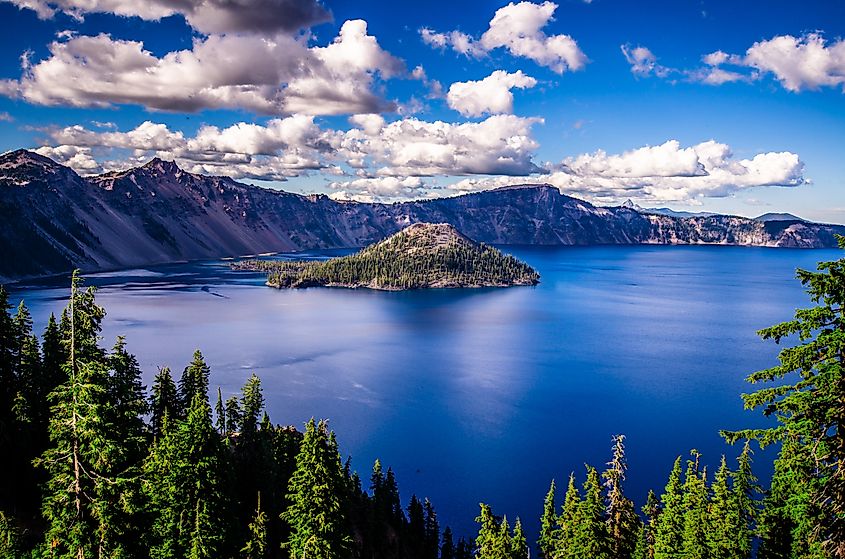
Southern Oregon's Crater Lake National Park is a 183,224-acre, high-altitude preserve with America's deepest (and one of the world's cleanest) lakes at its core. The eponymous body of water was formed under cataclysmic circumstances. 7,700 years ago, volcanic eruptions weakened the foundation of the 12,000-foot Mount Mazama, causing it to collapse into itself, leaving a sizable caldera in its wake. Centuries of rain and snowfall, in conjunction with continued volcanic activity, led to the brilliant blue lake and conical Wizard Island that we see today. Remarkably, evaporation, seepage, and precipitation work in an equitable fashion to keep the level of the lake stable. Various trails bring hikers high above the shoreline to unveil scores of radiant wildflowers and reflections of the Cascade Range in the mirror-like surface of the water. Likewise, the circuitous 33-mile Rim Drive takes motorists past 30 overlooks. At day's end, snag a campsite and enjoy the canopy of unobscured stars.
Acadia
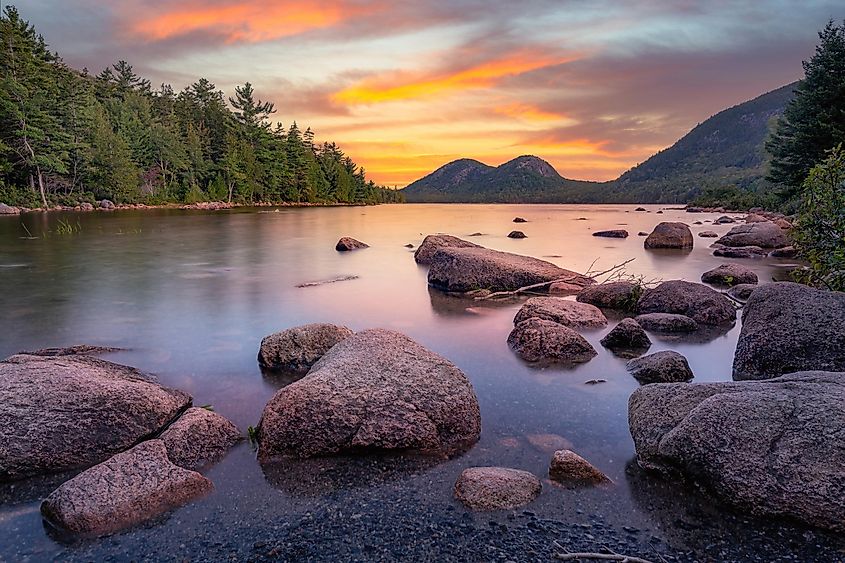
Acadia is the sole national park in the northeastern US and is therefore subject to the high expectations of New Englanders. Thankfully, it is up to the challenge. Much of Acadia's 47,000 acres exist on Mount Desert Island but also cover parts of the Schoodic Peninsula, Isle au Haut, and 18 other islands – all of which are on Maine's rocky Atlantic Coast. Acadia National Park consistently ranks in the nation's top ten most-visited national parks, thanks to its 60 miles of picturesque shorelines, 150 miles of varied trails, 33 miles of scenic motor roads, and 45 miles of rustic mountain roads that are specifically designated for horseback riders and horse-drawn carriage tours. The park is a summer paradise, but also an artists' sanctuary come fall, a skier's haven in the winter, and a godsend for anglers and bird watchers each spring (don't miss the Acadia Birding Festival).
Bryce Canyon
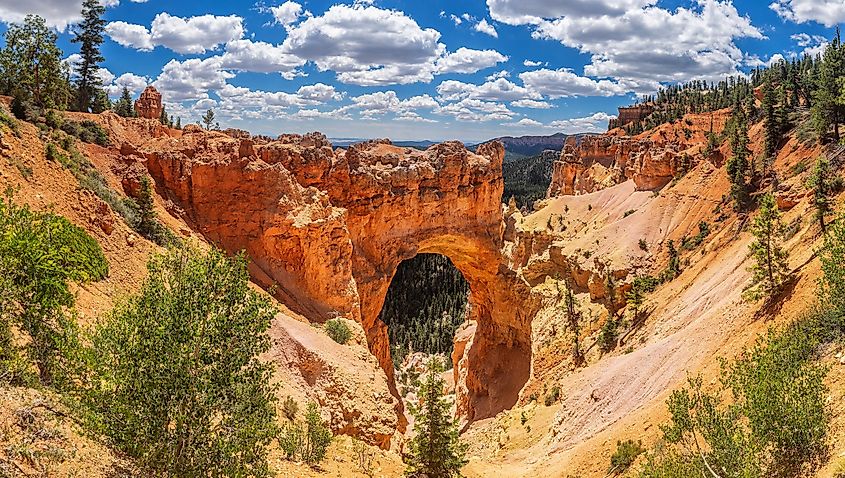
Utah has five national parks (placing it only behind California and Alaska) – all famous in their own right. If it weren't for the overwhelming crowds as of late (once you have to implement a hiking lottery, you know some of the magic has been lost), Zion would certainly top this list. These days, Bryce Canyon National Park might be the new champion. This south-centrally located amphitheater formed on the Grand Staircase Plateau and is home to the largest collection of hoodoos (i.e. slender rock spires) on the planet. Follow the aptly named Rim Trail (well-equipped with viewpoint benches) to get the full scale of this rocky and uncanny landscape. Bryce Canyon is also a Gold-Tier International Dark Sky Park, thanks to its low light pollution, high elevation (i.e. between 8,000–9,000 feet), and the fact that it's open to the public 24 hours a day.
Americans want to get outside and explore their country's endless natural attractions. Perhaps this is a byproduct of the pandemic era, or maybe it is a counter-balance to the ever-growing digital world, but whatever the motivating factors, national parks offer an enticing and easy-going approach to the mountains, canyons, coastal forests, and wildlife that reside within. Any of the 63 U.S. national parks is well worth an extended excursion, but if you want to start the adventure off with a bang, try one of these ten top-rated entries.
